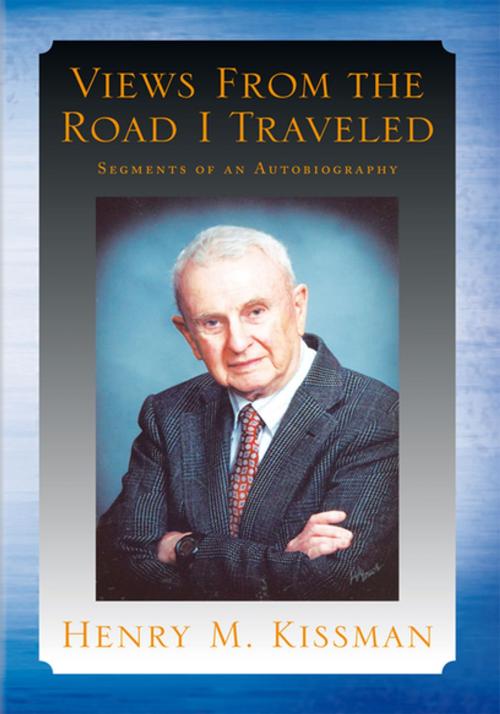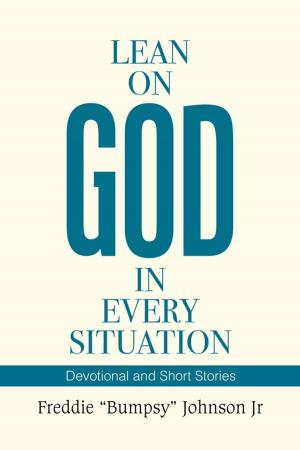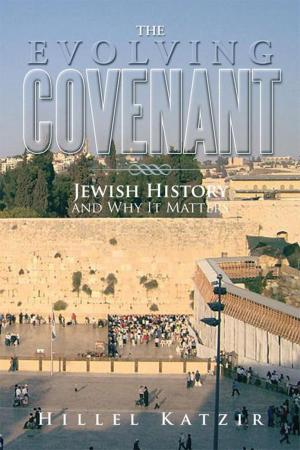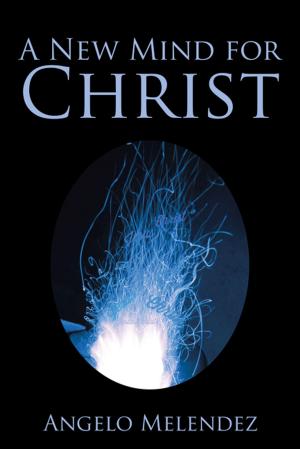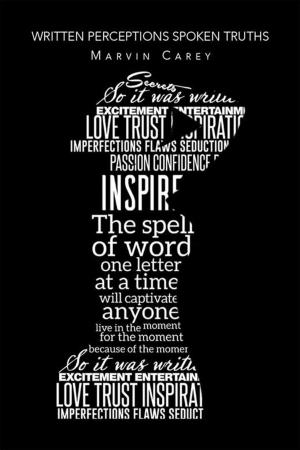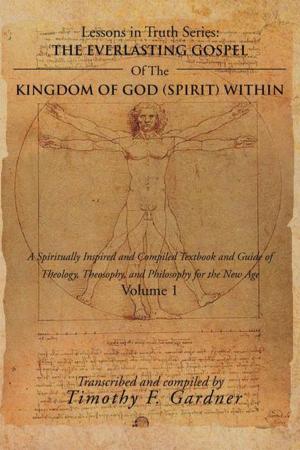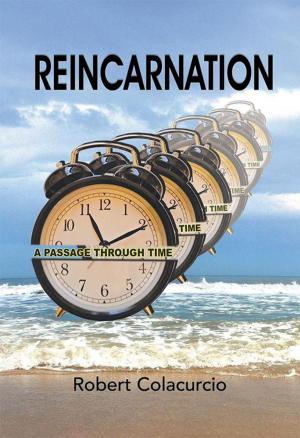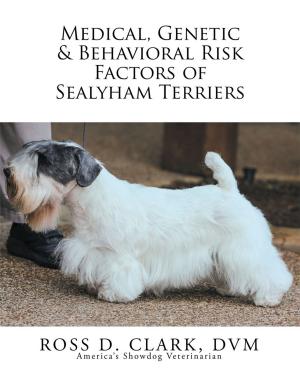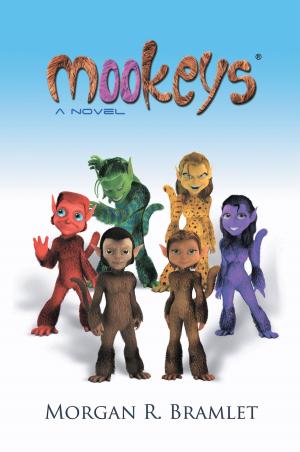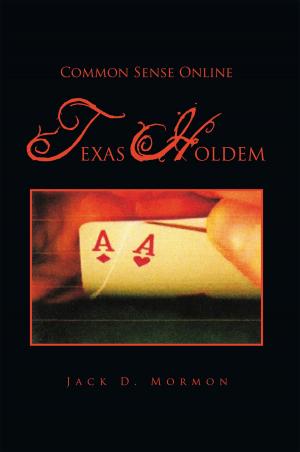| Author: | Henry M. Kissman | ISBN: | 9781465319401 |
| Publisher: | Xlibris US | Publication: | October 10, 2008 |
| Imprint: | Xlibris US | Language: | English |
| Author: | Henry M. Kissman |
| ISBN: | 9781465319401 |
| Publisher: | Xlibris US |
| Publication: | October 10, 2008 |
| Imprint: | Xlibris US |
| Language: | English |
In this autobiography, Henry Kissman describes his journey from a boyhood in prewar Austria to life in America, and how he survived the displacements and losses of wartime and built a life devoted to scientific inquiry and public service. As a prosperous Jewish family in the city of Graz, the Kissmans became Nazi targets immediately after the German takeover of Austria in 1938. Henrys parents were both jailed on trumped-up charges, and were stripped of everything they owned, including their successful lumber export business. Henry, age 15 at the time, was able to flee to England; his younger sister followed on a Kindertransport a few months later. After 9 months, his parents were expelled from Austria. Eventually, they also reached England, where they lived and worked throughout the war. In December 1939, Henry was able to emigrate to the U.S. After living with relatives in New York City for a time, he worked at various factory jobs in New Jersey and completed his high school education at night. Through a scholarship he was able to earn a degree at Sterling College in Kansas in 1944. He was then drafted into the Army, where he first served as a combat medic with the 10th Mountain Division in northern Italy, and later as a counter intelligence agent with the U.S. occupation forces in Germany. After discharge from the Army, Henry obtained advanced degrees in organic chemistry with the help of the GI Bill. Eventually, he joined a research group at a pharmaceutical company, where he worked on biologically active substances such as antibiotics and steroids. In 1955, he met Lee Cohn his wife-to-be. They married in January 1956. Beginning in the mid-sixties, Henrys interests changed from laboratory research to developing innovative ways of managing scientific information. He directed such information projects at the U.S. Food & Drug Administration and then at the National Library of Medicine until his retirement in 1992.
In this autobiography, Henry Kissman describes his journey from a boyhood in prewar Austria to life in America, and how he survived the displacements and losses of wartime and built a life devoted to scientific inquiry and public service. As a prosperous Jewish family in the city of Graz, the Kissmans became Nazi targets immediately after the German takeover of Austria in 1938. Henrys parents were both jailed on trumped-up charges, and were stripped of everything they owned, including their successful lumber export business. Henry, age 15 at the time, was able to flee to England; his younger sister followed on a Kindertransport a few months later. After 9 months, his parents were expelled from Austria. Eventually, they also reached England, where they lived and worked throughout the war. In December 1939, Henry was able to emigrate to the U.S. After living with relatives in New York City for a time, he worked at various factory jobs in New Jersey and completed his high school education at night. Through a scholarship he was able to earn a degree at Sterling College in Kansas in 1944. He was then drafted into the Army, where he first served as a combat medic with the 10th Mountain Division in northern Italy, and later as a counter intelligence agent with the U.S. occupation forces in Germany. After discharge from the Army, Henry obtained advanced degrees in organic chemistry with the help of the GI Bill. Eventually, he joined a research group at a pharmaceutical company, where he worked on biologically active substances such as antibiotics and steroids. In 1955, he met Lee Cohn his wife-to-be. They married in January 1956. Beginning in the mid-sixties, Henrys interests changed from laboratory research to developing innovative ways of managing scientific information. He directed such information projects at the U.S. Food & Drug Administration and then at the National Library of Medicine until his retirement in 1992.
